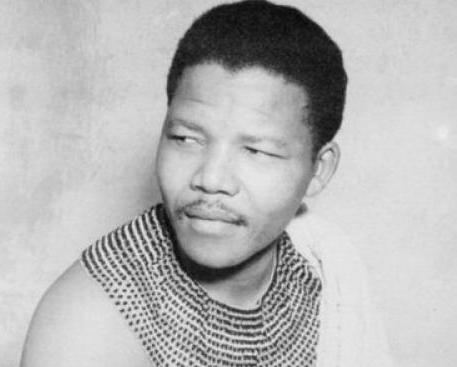Rolihlahla Dalibunga Mandela (Nelson Mandela) was born in the Transkei region of South Africa on 18 July 1918. His great-grandfather was the king of the Thembu people and Mandela was related to people who held high positions within Thembu society.
When his father died, nine-year-old Mandela was sent to the home of his guardian, Chief Jongintaba Dalindyebo, the Thembuland regent. The young Mandela grew up in the royal Thembu court, where he was treated almost as a prince, and where he showed great interest in the functions, management and decision-making processes of the traditional Tembu chieftaincy.
It was during those gatherings of older men that Mandela learnt the oral history of his country. He learnt the complexities of its social structures as well as the legal and religious beliefs that governed his society.
He learnt about his country’s iron smelting and pottery making traditions, dating back to the 11th century as well as the names of the ancestors who fought wars in defense of their land, names that were celebrated throughout Africa.
However, more importantly, he learnt and took pride in the fact that the history of his people did not begin, as he was taught in school, with the coming of Europeans in 1652.
After circumcision, the traditional rite of passage into manhood and society, sixteen-year-old Mandela was given the name “Dalibunga” meaning founder of the Bunga.
Mandela’s role was to be a counsellor in Thembu society in the region of the Bunga, thus, he was ordained to be an outstanding person within his community, as were other members of his paternal lineage.
However, politics in South Africa, under Dutch and British rule, for hundreds of years created a hierarchy with whites at the top of the ladder and blacks not even on the rung.
However, when the National Party came to power in 1948, racial segregation was legitimized through a set of laws. South Africa’s populations were separated into four different racial categories and laws were instituted based on those categories.
Black South Africans could not use the same facilities as whites, had to carry passes and were educated to a basic level. Without a proper education, most of South Africa’s black males were destined for lives as miners in a system that forced them to be separated from their wives and children and which forced people to live in township slums.
The African National Congress was formed in 1912, at a time when South Africa was undergoing great social changes. By the 1880s, Europeans had discovered diamonds and gold, and mine bosses wanted laborers to work in the mines.
To achieve this, laws and taxes were created which forced black South Africans to leave their land. The harshest law was the 1913 Natives Land Act, which gave whites 87% of the land and restricted blacks to the remaining 13% causing overcrowding, slum conditions, disease, poverty and starvation.
Part II next week. See here for news on CaribDirect’s upcoming West Indies Cricket Seminar






